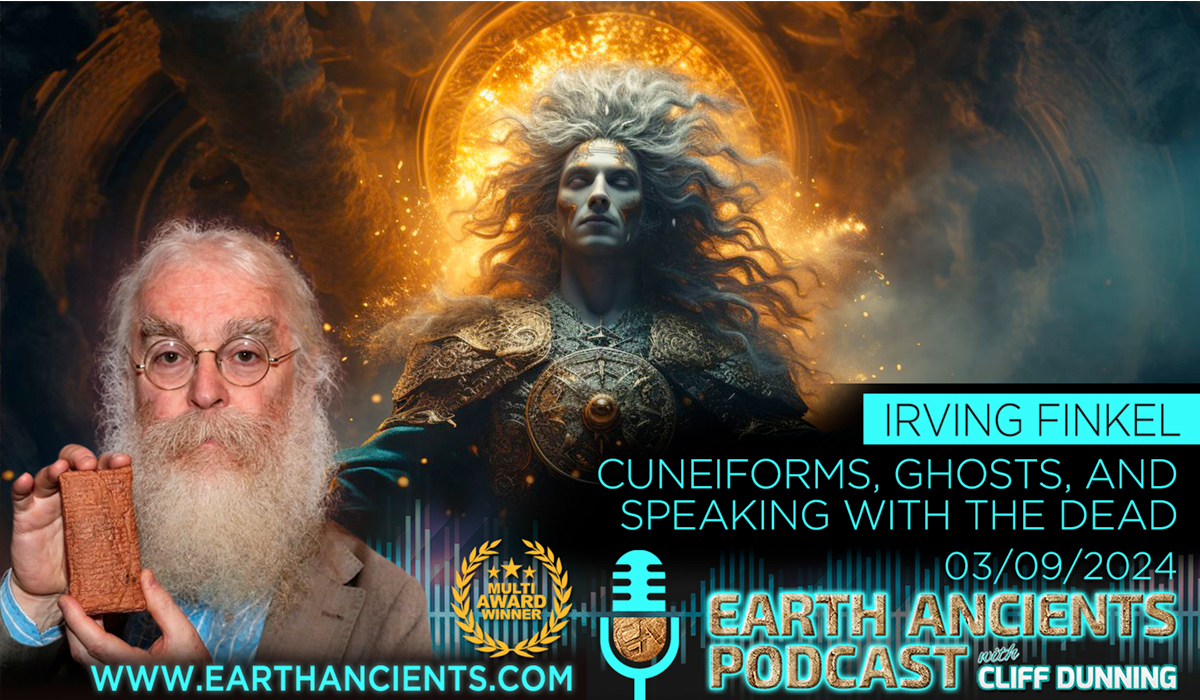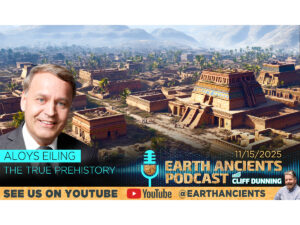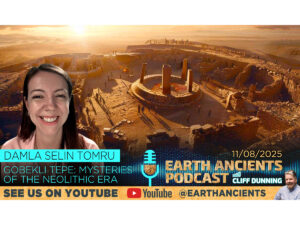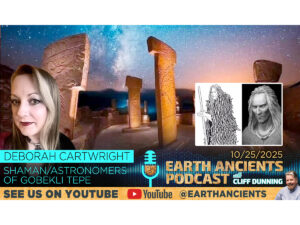Irving Finkel: Cuneiforms, Ghosts and Speaking with the Dead
Dr Irving Finkel, curator at the British Museum, explores why the belief in ghosts is what makes us human.There are few things more in common across cultures than the belief in ghosts. Ghosts inhabit something of the very essence of what it is to be human. Whether we personally ‘believe’ or not, we are all aware of ghosts and the rich mythologies and rituals surrounding them. They have inspired, fascinated and frightened us for centuries – yet most of us are only familiar with the vengeful apparitions of Shakespeare, or the ghastly spectres haunting the pages of 19th-century Gothic literature. But their origins are much, much older….The First Ghosts: Most Ancient of Legacies takes us back to the very beginning. A world-renowned authority on cuneiform, the form of writing on clay tablets that dates back to 3400 BC, Irving Finkel has embarked upon an ancient ghost hunt, scouring these tablets to unlock the secrets of the Sumerians, Babylonians and Assyrians to breathe new life into the first ghost stories ever written. In The First Ghosts, he uncovers an extraordinarily rich seam of ancient spirit wisdom that has remained hidden for nearly 4,000 years, covering practical details of how to live with ghosts, how to get rid of them and bring them back and how to avoid becoming one, as well as exploring more philosophical questions: what are ghosts, why does the idea of them remain so powerful despite the lack of concrete evidence and what do they tell us about being human?
Dr Irving Finkel is an author and the Assistant Keeper of Ancient Mesopotamian (i.e. Sumerian, Babylonian and Assyrian) script, languages and cultures Department: Middle East at the British Museum, headquartered in London’s Bloomsbury. He is the curator in charge of cuneiform inscriptions on tablets of clay from ancient Mesopotamia, of which the Middle East Department has the largest collection – some 130,000 pieces – of any modern museum. This work involves reading and translating all sorts of inscriptions, sometimes working on ancient archives to identify manuscripts that belong together, or even join to one another.










